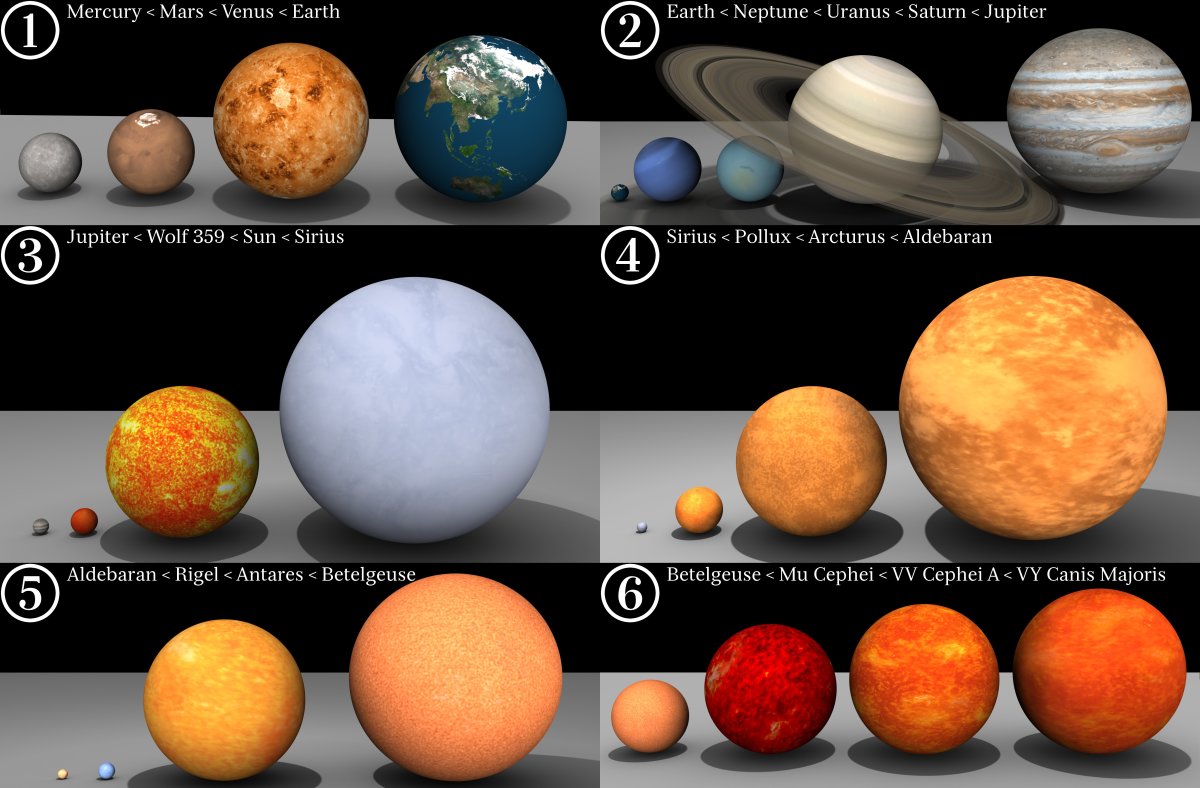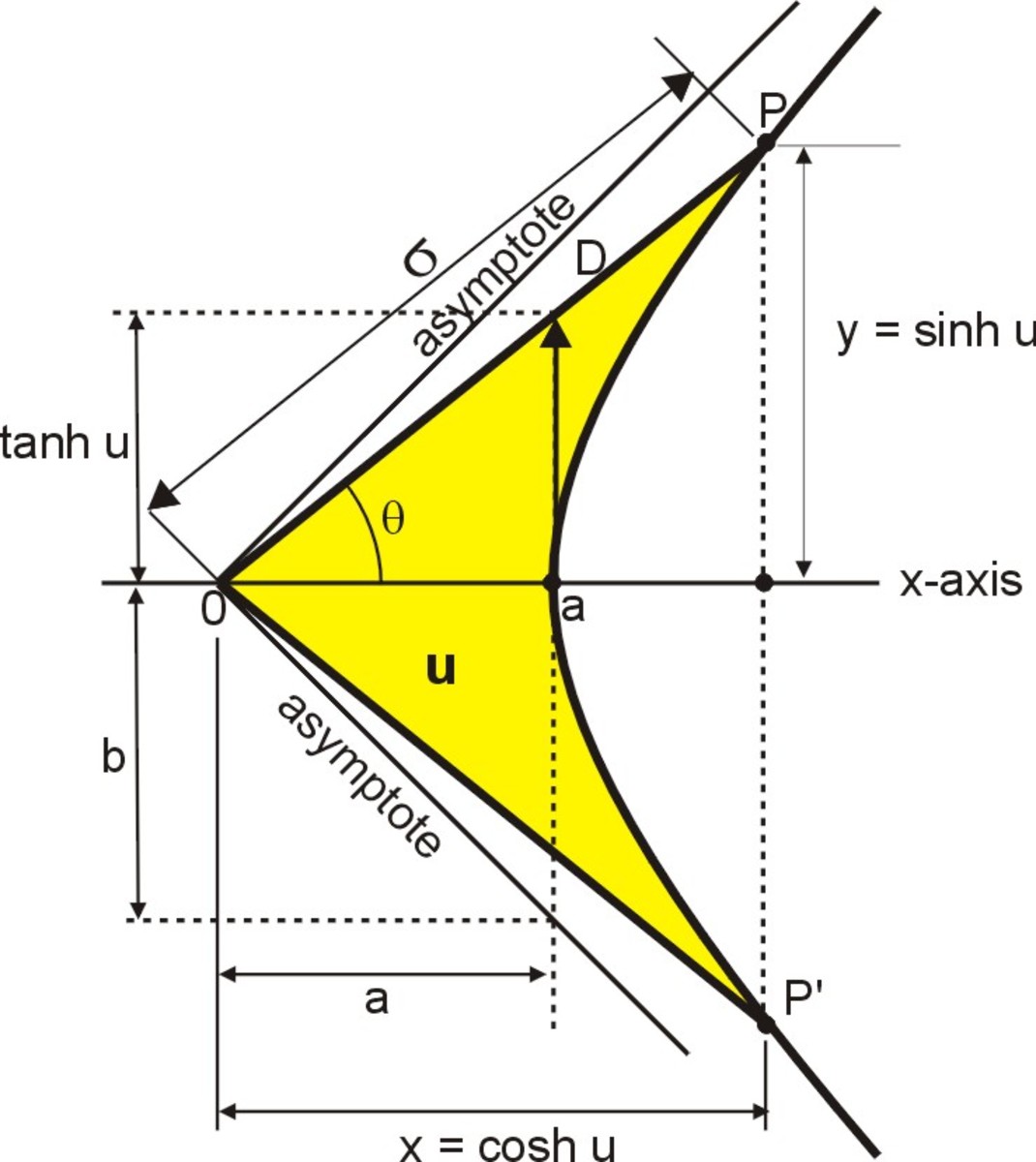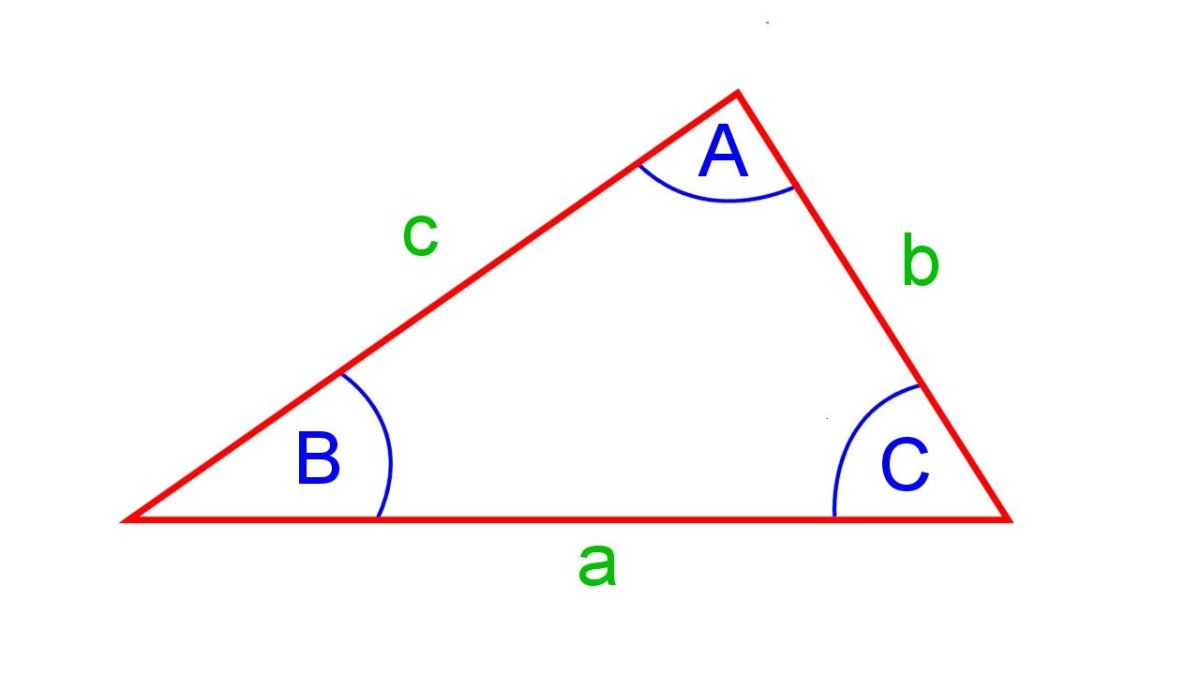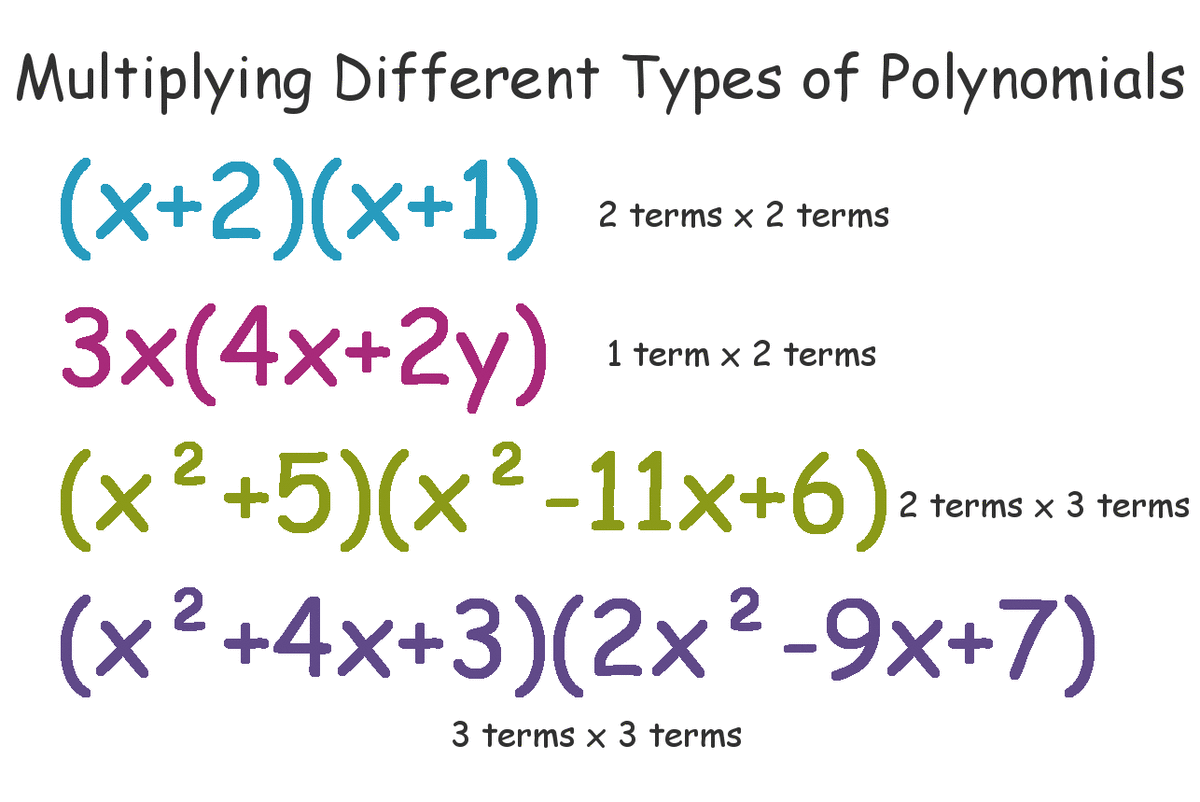Solving Word Problems Involving Motion
Solving Word Problems Involving Motion
Among the most challenging applications of linear equations are word problems involving motion problems. The fundamental formula used for this problem is :
d = r t
where d represents distance , r represents rate or velocity or speed and t represents time.
When this formula is used , d and r must use the same unit of distance ( for example miles and miles per hour) and r and t must use the same unit of time (for example miles per hour and hours). If the formula is solved for r and t , we get two additional forms of the formula :
r = d/t or t = d/r.
Sample Problem Number One :
Suppose that a trip from the dormitory to the lake at 30 miles per hour takes 12 minutes longer than the return trip at 48 miles per hour. How far apart are the dormitory and the lake ?
Solution :
Units used must be the same; so we use 12 minutes = 12/60 = 1/5hr.
Working equation :
Since the speeds are given in miles per hour the equation is :
d/30 = d/48 + 1/5
Where d is the distance of the trip in miles and each of the fractions represents time in hours, using t = d/r from above.
30 ( d/30 ) = (d/48 + 1/5 ) 30
d = 5d/8 + 6
8d = 5d + 48
8d - 5d = 48
3d = 48
d = 16
The distance between the dormitory and the lake is 16 miles.
Check :
The time to the lake at 30 miles per hour is 16/30 = 32/60 = 32 minutes.
The time from the lake at 48 miles per hour is 16/48 = 1/3 = 20/60 = 20 minutes,
Which is indeed 12 minutes quicker.
Problem Number Two :
Dominic rode his motorbike 20 minutes to Helen’s home and then the two drove in a car 30 minutes to a beach 35 miles from Dominic’s home. If the car speed was 10 miles per hour faster than that of a motorbike, how fast did the car travel ?
Motorbike car
__________________________l_____________________________
------------------------------------35 miles------------------------------------
Travelling by Motorbike :
Time : 20min/60 = 1/3 hr
Distance : (1/3 ) r since d = r t
Rate or Velocity : r
Travelling by Car :
Time : 30 minutes = 30/60 = 1/2 hr
Distance : ( r + 10) 1 /2
Rate or Velocity : r + 10
Working Equation :
Distance traveled by motorbike + Distance traveled by Car = Total Distance (35miles).
1/3 r + 1/ 2 ( r + 10 ) = 35
6 {1/3 r + 1/ 2 (r + 10 ) = 35}
2r + 3r + 30 = 210
5r = 210 - 30
(1/5) 5r = 180 (1/5)
r = 36 miles per hour = speed of the motorbike
r + 10 = 46 miles per hour = speed of the car
Check :
(1/3) (36) + (1/2) (46) = 35
12 + 23 = 35
35 = 35
Sample Problem Number Three :
Two students are 350 km apart and begin walking toward one another at constant rates. One travels at 1.6 m/ sec and the other at 1.9 m/ sec. How long will they walk until they meet? How far has each of them gone ?
A ---------------------------350km ----------------------------B
__________________________________________________________
Travel made by student A ;
Rate : 1.6 m/sec
Distance : d
Time : d/ 1.6 since t = d/r
Travel made by student B:
Rate : 1.9 m/sec
Distance : 350 – d
Time : ( 350 – d)/1.9
Working Equation : The time covered by each student is equal
Time covered by student A = Time covered by student B
d/ 1.6 = ( 350 – d)/ 1.9
1.9 d = 1.6 ( 350 – d)
1.9 d = 560 – 1.6 d
1.9d + 1.6 d = 560
(1/3.5) 3.5 d = 560 (1/3.5)
d = 160 meters = distance covered by A
350 – 160 = 190 = distance covered by B
How long will they walk until they meet ? 160/1.6 = 10 seconds
190/1.9 = 10 seconds
Check : (1.9 ) (10) + (!.6) (10) = 350
190 + 160 = 350
Sample Problem Number Four :
A bicycle club left the campus to ride to a park 24 miles away for an outing. Lyn left from the same place by car with picnic supplies 1 and a half later, traveled at a speed four times as fast and arrived at the park at the same time as the cyclists. How fast did Lyn drive ?
Travel made by the cyclists
Distance : 24 miles
Time : t + 1.5
Rate : 24/( t + 1.5) since r = d/ t
Travel made by Lyn
Distance : 24 miles
Time : t
Rate : 24/t
Working Equation :
Rate of Lyn = 4 * rate of the cyclists
( t * t + 1.5) ( 24/ t = 4 * 24/( t + 1.5) )
24 (t + 1.5 ) = 96 t
24 t + 36 = 96 t
96 t -24t = 36
(1/72) 72 t = 36 (1/72)
t = 1/2 hour covered by Lyn
1 amd 1/ 2 + 1/ 2 = 2 hours = covered by the cyclists
Rate of Lyn : 24/0 .5.= 48 miles/hour
Check :
d = rt
24 = 48 ( 1/ 2 )
24 = 24
SOURCE :
COLLEGE ALGEBRA By
Rees
Sparks
Rees








